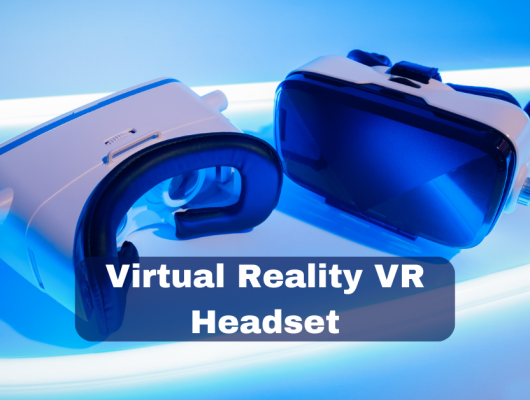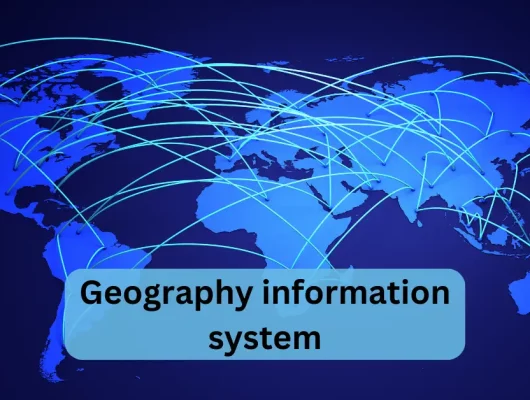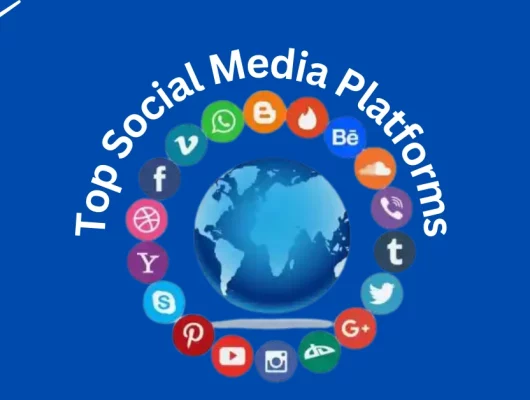The Internet of Things (IoT) refers to the interconnected network of physical objects embedded with sensors. Software, and other technologies for the purpose of connecting and exchanging data with other devices and systems over the Internet. IoT devices range from ordinary household items like smart thermostats and connected refrigerators to sophisticated industrial tools. This ecosystem allows for more direct integration of the physical world into computer-based systems. Leading to improved efficiency, accuracy, and economic benefit.
A system in an information system is a coordinated assembly of methods, processes, and technologies designed to collect, process, store, and disseminate information. It encapsulates hardware, software, data, procedures, and people working together to support operations, management, and decision-making in an organization. This integrated approach facilitates efficient and effective information flow, crucial for strategic and operational activities.
Internet of Things(IoT):
The Internet of Things (IoT) refers to the connection of various devices like smartphones, smart TVs, and wearables through the internet. These devices, including machines and home appliances, exchange data, enhancing their functionality and providing greater convenience. In the future, technology will continue to evolve with the widespread integration of IoT. Further improving the capabilities of devices, machines, and various everyday items. Ensuring seamless connectivity and enhanced convenience through the use of data and cloud services.
History about Internet of Things:
In the early 1980s, Carnegie Mellon University engineers connected the first internet-connected device, a Coke vending machine. Since then, the Internet of Things has come a long way. Today, with the emergence of low-power wireless sensors and the power of cloud computing. The Internet of Things is rising, with estimates predicting a staggering 30 billion devices by 2030. This revolution is not limited to any specific sector; it’s impacting various industries, from healthcare to manufacturing and even transportation.
The mid-2000s marked the rising future Internet of Things projects, and now it’s set to take off, connecting and transforming the way we interact with the world around us. The 10 billion devices connected today are just the beginning of a connected future that will truly revolutionize industries.
Technologies Behind the Internet of Things:
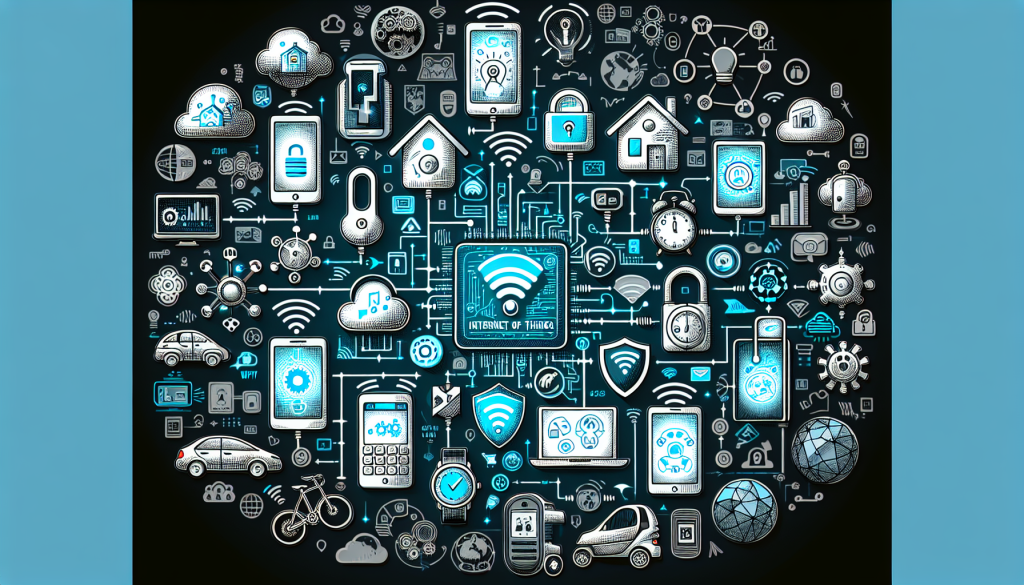
There are different technologies that are behind the Internet of Things;
Blockchain:
The latest technologies in the realm of the Internet of Things (IoT) have brought about massive advancements, but concerns over the safety of user data have become prominent. The vulnerabilities in IoT networks have drawn attention, making data security a vital issue. To address these concerns, blockchain technology is gradually becoming one of the most prominent technologies to dominate IoT in 2023. Its immutable nature and distributed ledger ensure the safeguarding of user data and transaction details. The decentralization of the blockchain network and the seamless interaction of network nodes strengthen IoT security, offering transparency and enhancing overall data security.
In essence, as IoT continues to grow, the integration of blockchain technology has become one of the top solutions to mitigate concerns about the safety of user data. The decentralized nature of blockchain not only supports data security but also ensures that network nodes can interact seamlessly. This revolutionary approach, dominating the IoT landscape in 2023, brings about a level of transparency and trustworthiness in handling massive amounts of sensitive information, thereby addressing the prominent concerns associated with the vulnerabilities of IoT networks.
Digital Twins:
In the year 2020, the concept of digital twin emerged, gaining traction in the realm of IoT technologies. This idea involves creating virtual replicas, or twins, of physical products and systems. Essentially, it’s like having a mirror image of a real object or process in the digital world. These twins not only duplicate the appearance but also replicate the functionalities of their physical counterparts. One of the primary uses of digital twins lies in their ability to collect real-time data through sensors, allowing for continuous monitoring and control.
This real-world information is then used for optimization, modification, and analysis, even testing different scenarios for better performance. The benefits are significant, ranging from risk assessment to efficient asset usage and performance enhancement, making digital twins a vital component in the IoT ecosystem with unique use cases and innovative additions.
5G Connectivity:
5G technology is the evolution we need for wireless connectivity. Its functionality goes beyond basic requirements, providing stronger connectivity for high-performance IoT devices. This is essential for unlocking the full potential of IoT networks, ensuring trustworthy and robust networks even in rural areas. The benefits include lower latency, extensive coverage, and real-time data processing, bridging the urban-rural divide. With network slicing, 5G caters to the diverse needs of different applications, making it a game-changer in the world of technology.
IoT Security:
In 2023, the way things like smart gadgets and devices are connected, called IoT, is getting a lot of attention. But, there’s a big worry about keeping these things safe from bad stuff like hackers. Developers and businesses are working hard to find smart ways to keep both the physical devices and the online networks safe. New issues, like tricky attacks that pretend to be someone else or try to make devices stop working, are pushing for clever solutions, like making sure communications are secret and fixing problems with device batteries.
As we see these changes happen, it’s clear that making sure everything stays safe isn’t just about old-fashioned methods. It’s about finding new and smart ways to protect devices and the places they connect to, so they can stay strong against all kinds of attacks, whether they’re physical or online.
IoT Hardware:
In 2023, there are exciting developments in technology, especially in IoT. The focus is on making things more efficient, like creating better sensors that use less power. What’s interesting is that these changes in computer hardware and architecture are helping with the shortage of chips. Manufacturers are finding new ways to store data, like in NAND flash and dynamic RAM, which not only makes products cheaper but also solves the problem of not having enough chips for production. This technology is great because it not only lowers prices for things we use, but it also makes sure our devices use less power. It’s like a win-win for everyone!
Future of IoT
The future is changing, and it’s thanks to cool stuff like smart devices (IoT), super-smart computers (Machine Learning and Artificial Intelligence), and really fast internet (5G). These amazing technologies are playing a super important part in making big changes in different parts of our lives, like how we take care of our health, grow food (agriculture), build things (manufacturing), and move stuff around (logistics and transportation). It’s like our world is getting smarter and more connected because of these tech upgrades!
Future of IoT in Different Field
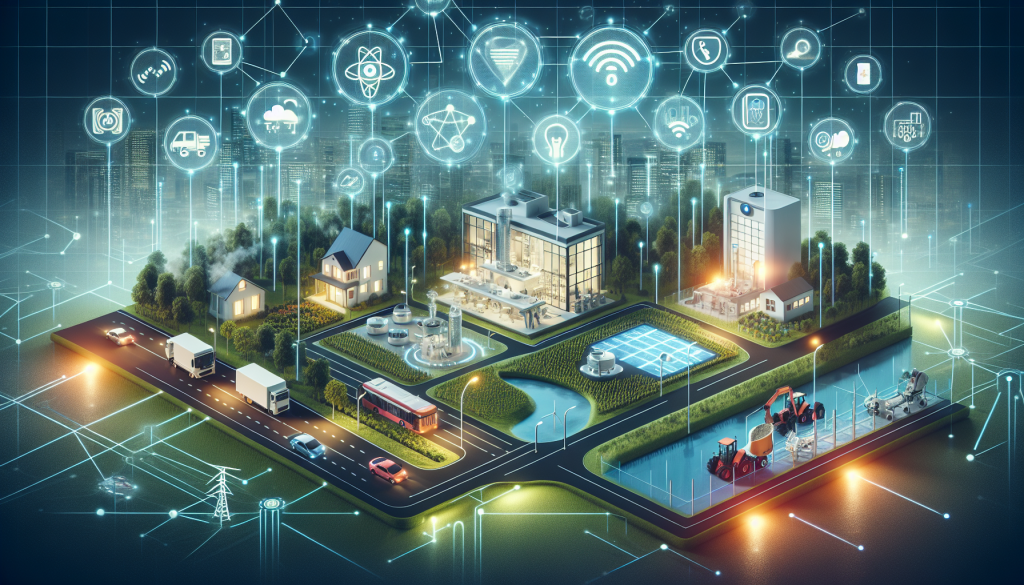
The Internet of Things (IoT) is changing industries across the globe by enabling the connection of devices, sensors, and equipment. In healthcare, IoT facilitates data-driven decision making, leading to exceptional advancements in patient care. Similarly, in agriculture, the ability to connect various equipment enhances automation, optimizing crop yields and resource usage. This transformative technology is ushering in an era where the Internet of Things is the driving force behind the future of industries, revolutionizing the way data is utilized for automation and optimization.
IoT in Healthcare:
Healthcare has seen a transformative impact with the integration of IoT in various aspects, such as remote patient monitoring and real-time health tracking. From enhancing predictive maintenance of medical equipment to accelerating drug development, IoT has proven invaluable. Wearable devices now enable continuous monitoring of vital signs, providing doctors with immediate insights into a patient’s condition. Smart hospital rooms use IoT to track and adjust elements like lighting, temperature, and ventilation based on patient movements, ensuring optimal conditions. This seamless integration of technology plays a crucial role in proactive monitoring and timely alert systems, significantly improving healthcare outcomes.
IoT in Agriculture:
The IoT has revolutionized agriculture, empowering farmers to enhance productivity by deploying sensors for soil moisture and temperature. These factors directly influence crop yields, minimizing crop loss and reducing waste. Smart irrigation systems and precision spraying systems, along with animal tracking devices, promote livestock health and prevent disease outbreaks. In multiple ways, such as optimizing resources and automating tasks, IoT can assist farmers in managing their operations more efficiently. The future of technology in agriculture lies in the impact of IoT, as it continues to help farmers not only in the present but also in shaping their future.
IoT in Transportation:
In the future of transportation, the integration of IoT will improve the safety and efficiency of our roads. Connected cars will seamlessly communicate with each other and the infrastructure, working together to prevent accidents and reduce traffic congestion. Fleet management companies will use this future technology to monitor real-time data on fuel usage, vehicle maintenance, and driver behavior, ensuring a smarter and safer transportation system.
IoT in Manufacturing:
The Internet of Things (IoT) has revolutionized the landscape of manufacturing by enhancing operational efficiency and enabling predictive maintenance. With real-time asset tracking and remote monitoring, businesses can now optimize production processes, ensuring higher product quality while adhering to stringent safety standards.
The Future of Technology in manufacturing lies in seamless collaboration between humans and machines. Through the integration of IoT, industries can achieve unprecedented levels of efficiency, reducing downtime and minimizing errors. This interconnected approach not only propels the manufacturing sector into the future but also establishes a foundation for continuous innovation and improvement.
Conclusion
The Internet of Things (IoT) is an increasingly important and widespread technology that involves a wide range of applications. It refers to a network of interconnected physical devices, such as vehicles, home appliances, and other items, each embedded with sensors and software to enable connectivity. These devices exchange data and communicate seamlessly, paving the way for a connected future with significant implications across various industries. In conclusion, the IoT’s impact is undeniable, shaping the way we interact with and perceive the world around us.
FAQs
How can the Internet of Things be used in future?
Predictably, the future will be based on various innovative technologies such as Machine Learning, Artificial Intelligence, 5G, & edge computing. Internet of Things future predictions are all set to revolutionize industries such as healthcare, agriculture, manufacturing, logistics & transportation.
How is IoT implemented in smart devices and systems?
In conclusion, implementing IoT in smart devices involves a series of steps, including hardware and software configuration, communication setup, and security implementation. Key considerations such as compatibility, scalability, interoperability, and data privacy are essential for a successful IoT implementation.
Is IoT the next big thing in technology?
The IoT is about to become even more integral to our lives. It involves connecting everyday objects, from refrigerators to cars, to the internet. This connectivity allows for remote monitoring and control, creating smarter homes and cities.
Does IoT have scope in future?
The future is IoT: IoT is expected to become a $1.6 trillion market by 2025, with more than 75 billion connected devices worldwide. The adoption of IoT is increasing across all sectors, and companies are investing heavily in IoT solutions to increase efficiency, reduce costs, and improve customer experiences.
What is the goal of the IoT?
The Internet of Things can include anything with a sensor that is assigned a unique identifier (UID). The primary goal of the IoT is to create self-reporting devices that can communicate with each other (and users) in real time.




